8 ways to delete yourself from the internet
January 8, 2022
By Kim Komando
At this point, the idea of browsing without the risk of running into scams or malware sounds like a dream. Even wanting to see fewer ads when you’re online may seem like too much to ask for. That’s because maintaining privacy on the internet is more challenging than ever before.
If you’re sick and tired of platforms and companies snooping through your data, it’s time to take action. Clearing personal information is the best defense you have. You may lose access to a few popular websites and services, but at least you can rest easy knowing your info isn’t being used for shady purposes.
If you’re ready to go off the internet grid, we’ll start with Facebook. Tap or click to find out how Facebook is using your personal data. Here are a few ways to wipe yourself from this enormous tech company — along with some helpful strategies for protecting yourself on other sites.
1. Leaving the biggest social site of all
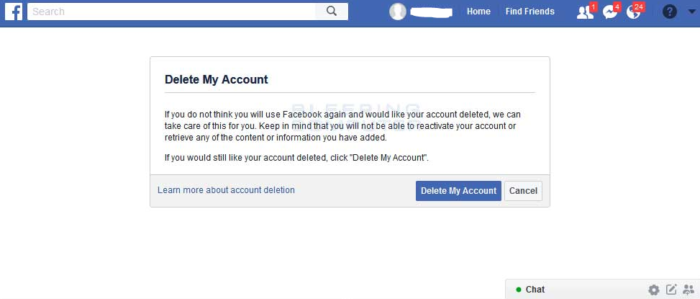
Of all the data-hungry websites out there, Facebook is probably the worst. Not only is the company notoriously loose with its privacy policy, but it’s also been implicated in several high-profile data scandals like the Cambridge Analytica breach.
Last year, a third-party app took users’ information straight from their Facebook profiles. What apps have access to your data? To find out how to check what apps have access to your Facebook profile, tap or click here.
If you want to protect your information, the first thing you need to do is delete your Facebook presence.
To delete your account, log into the desktop version of the platform, then follow these steps:
- Click the Down arrow icon in the upper right corner of the Facebook window
- Click Settings & Privacy > Settings, then click Your Facebook Information in the left column
- Choose Deactivation and Deletion
- Select the option to Delete account
- Then click Continue to account deletion
You’ll be asked if you want to deactivate your account or download your information. If you wish to deactivate, your data will remain available to anyone who breaches Facebook’s flimsy security measures.
- Choose Delete account
- Enter your password, click Continue and then click Delete account
This will remove your personal information from Facebook and Facebook Messenger, and you’ll no longer have access to either service. Once you’ve deleted your account, you have 30 days to log back in and restore the account if you change your mind.
Resist the temptation to go back. Facebook is banking on users’ weaknesses. Don’t let it pull you back in.
2. Don’t forget about the other big social platform
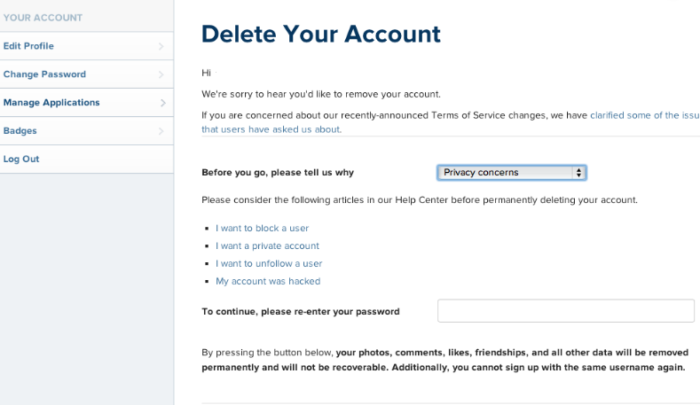
Facebook owns Instagram, which means the platform is no stranger to harvesting customers’ data. Most Instagram data is personal. Who wants their private photos scanned by AI?
Log in to the desktop version of Instagram to delete your account. Just follow these steps:
- Click here to reach the Delete Your Account page
- Select an option from the drop-down menu next to Why do you want to delete your account? and type in your password. You won’t be able to delete your account until you give Instagram a reason
- Select Permanently delete my account
Doing this will remove your data from Instagram, as well as all the content you’ve posted and any follower information.
3. A tweet a day keeps your privacy away
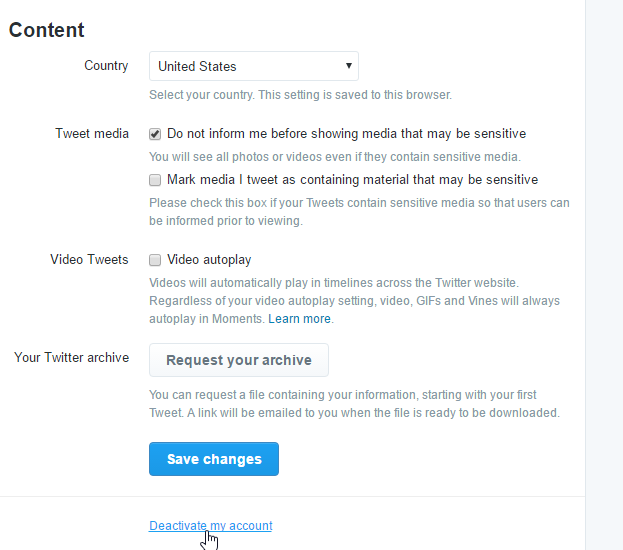
Twitter isn’t as nosy as Facebook or Instagram, but it’s still a nightmare for privacy issues. High levels of troll activity and toxic discussions make doxxing or broadcasting private information a common practice.
Thankfully, deleting your Twitter account is easy. Log in on your computer and follow these steps:
- Click on Settings and privacy from the menu under your profile picture
- From the Account tab, click on Deactivate your account at the bottom of the page
- Read the information that appears and click Deactivate @[username]
- Enter your password when prompted and confirm you want to continue by clicking the Deactivate account button
Like Facebook, Twitter waits 30 days before entirely deleting your account. During this time, your personal information will be hidden from the public. But if you happen to log in, your account will return in full.
4. Keep your Prime orders private
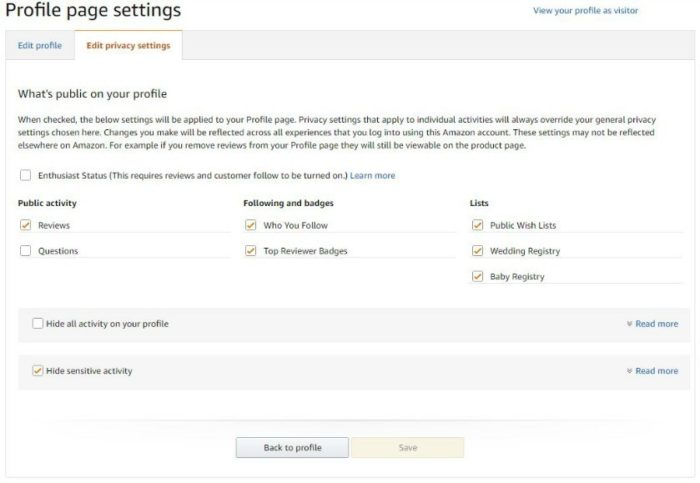
Many people who prefer privacy still rely on Amazon for shipping and streaming services. Removing public information from your Amazon profile is the best solution for users who want to have their privacy cake and eat it too.
Log into your profile and go through the following steps:
- Put your cursor on the “Account & Lists” button and then click on “Account“
- Scroll down to the “Ordering and shopping preferences” section
- Click the “Your Amazon profile” link
- Click on the link in the orange box to the right that says, “Edit your profile“
- Open the Edit privacy settings tab
You will have the option to hide your reviews and wish lists from the general public. If there are products in your history you’d rather keep private, make sure to click Hide sensitive activity.
5. This site knows everything about you
The sheer amount of data Google harvests is staggering. The company harnesses your search history and browsing activity to serve you ads for products you’re likely to buy. That’s why you’ll see advertisements for something you searched for the other day following you around the web.
You can wipe out your search history without completely erasing your personalized account. Access your Google account settings by clicking here.
Click on the Personal info tab to find information like your name, email address and phone number. Click on the arrows to the right of each section, then click the edit button, which appears as a pencil icon. Unfortunately, Google will not allow you to remove your birthday.
Google may protest the removal of your phone number if you’ve enabled two-factor authentication. It’s safe to leave your number with Google in this instance since it helps secure your account.
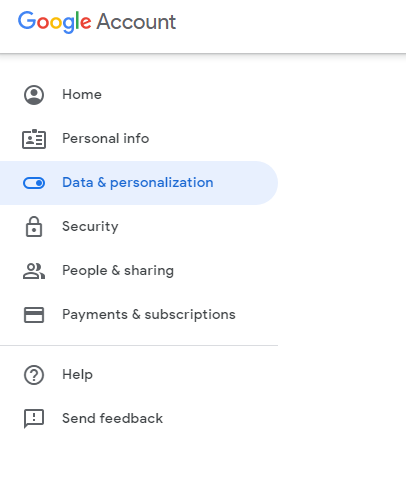
Below the Personal info tab is Data & privacy, which is where Google pulls your activity data. Here, you’ll have the option to remove things like your search history, location timeline and YouTube history. Doing so will reset how Google calibrates advertisements for you, so don’t be surprised if you see strange ads around the web after purging your data.
Deleting your info is just the tip of the iceberg. Tap or click here for our detailed guide on deleting what Google knows about you, including your voice and device activity.
6. Boot data brokers out of your business
There are a ton of powerful data brokers that make billions by collecting data from people like you. Here are some of the biggest names:
- Acxiom
- Experian
- Oracle
- Equifax
- Epsilon
Good news: Some of them let you opt out of personal data processing. Of course, it depends on your location, and it’s not easy to get the job done.
Luckily, a nonprofit group called Privacy Rights Clearinghouse has your back. It put together a free database of data brokers with information on how to opt out for each. The database also has links to email addresses you can reach out to for further help.
There are well over 200 companies on the list, so it may feel daunting. Here’s an easier way to learn about this industry. If you want to get a broader idea of how data brokerage works, slip on your headphones or earbuds for a special episode of Kim Komando Today.
Kim spoke to an expert at the Electronic Frontier Foundation to lift the veil on this shadowy industry. Consider this episode of Kim Komando Today as a Data Collection 101 course. You’ll learn all about how companies collect information on you to make millions.
7. Keep others from searching for you
Many people search websites already have profiles about you, and their entire business model revolves around charging you to remove the data they’ve gathered from social media and public records. They don’t exactly make it easy to delete your info.
There are hundreds of data brokers out there, so we’ll give you instructions on removing your information from the most popular ones without needing to pay. Tap or click here to opt out of people search websites.
Intelius: Intelius is one of the biggest data brokers on the web and owns a large network of sites like Classmates, iSearch, Peoplelookup and public records. It asks for proof of identity to remove your data, so you’ll need to fill out an opt-out form and either mail or fax a copy of your ID to complete the process.
MyLife: MyLife requires you to call to verify you’re opting out. You’ll have to provide some basic personal data, but the process is straightforward. Just make sure to ask the agent on the phone to remove you from Wink.com as well, since it’s another site owned by MyLife. Call 1-888-704-1900 and press 2 to opt out.
PeopleFinders: This site offers a more straightforward way to delete information. Go to the PeopleFinders FAQ page and scroll down to Privacy & Security. Click “How do I remove information from your website?” and skip down to the “click here” link. Tap or click here if you’d like to learn more about PeopleFinders.
Whitepages: Like MyLife, Whitepages requires you to dial in to remove your information. The process is a bit more roundabout since you’ll need to locate your profile with the search bar on top of the page, then paste your profile URL in the box on this page.
Once you’re finished, check that your info has been removed from Whitepages Premium. Sometimes the listings will only remove from the basic Whitepages, so be very specific with the person on the phone.
8. Delete yourself from ancestry and genealogy websites
As cool as it is to learn your ancestral history, using a DNA kit can expose your most personal information. Not only are you giving a company access to your genetic data, these entities often sell your DNA data to labs for experiments.
One company, 23andMe, even partnered with a major pharmaceutical company, providing data to scientists and law enforcement.
Online ancestry databases are similarly data-hungry, and you’d be shocked to see what some know about you. Here’s how you can remove your information from two of the most popular genealogy platforms.
23andMe: Visit the company’s Customer Care page and navigate to Account and Profile Settings. Scroll to the bottom of the bulleted list of options and select Requesting account closure.
Follow the directions to have your account removed and your DNA sample discarded. You may be asked some personal questions or be advised to speak on the phone with an agent to continue.
FamilyTreeNow: Visit the company’s opt out page and click the Begin Opt-Out Procedure button. You’ll be sent to a search page where you can enter your information. Once you’ve found yourself, click on the record details to verify it’s you. Once you’re ready to continue, click the red Opt Out This Record button.
Check through multiple records to make sure all of your data has been removed, and be aware that it can take up to 48 hours for your data to be removed from the site. Tap or click here to see all the creepy information FamilyTreeNow has collected about you.
Bonus: Remove financial data with a credit freeze
If you don’t plan on applying for credit in the near future, requesting a credit freeze will prevent entities like data brokers from accessing your financial information.
To contact the biggest three credit reporting agencies, call the numbers below. Make sure to discuss the freeze, and ask the agent any questions you might have about what you can and can’t do when your credit is frozen.
If you plan on unfreezing your credit, call them back and tell the agent you would like to remove the freeze.
- Experian: 888-397-3742
- Equifax: 800-685-1111
- TransUnion: 888-909-8872
https://www.komando.com/tips/8-ways-to-delete-yourself-from-the-internet/